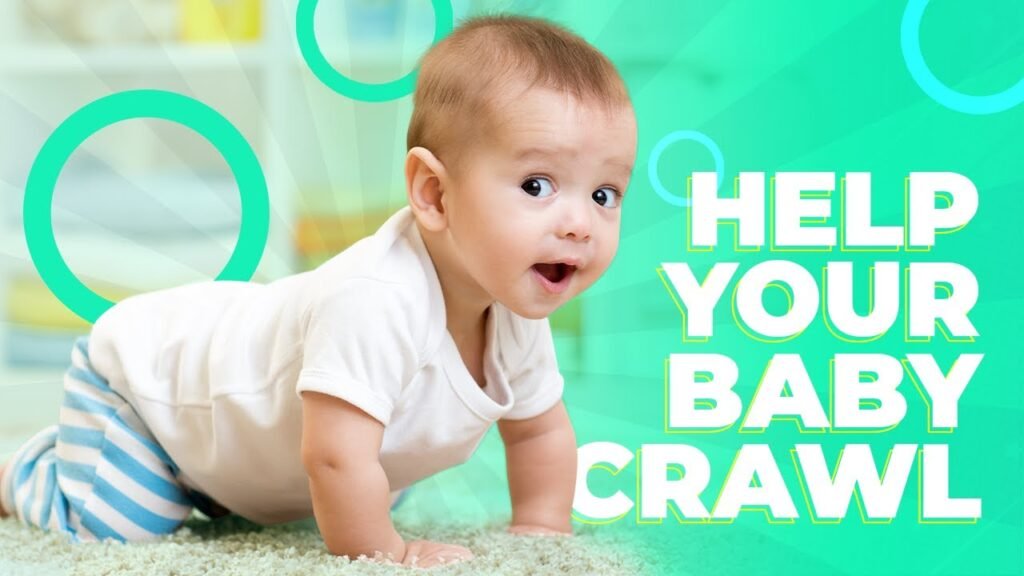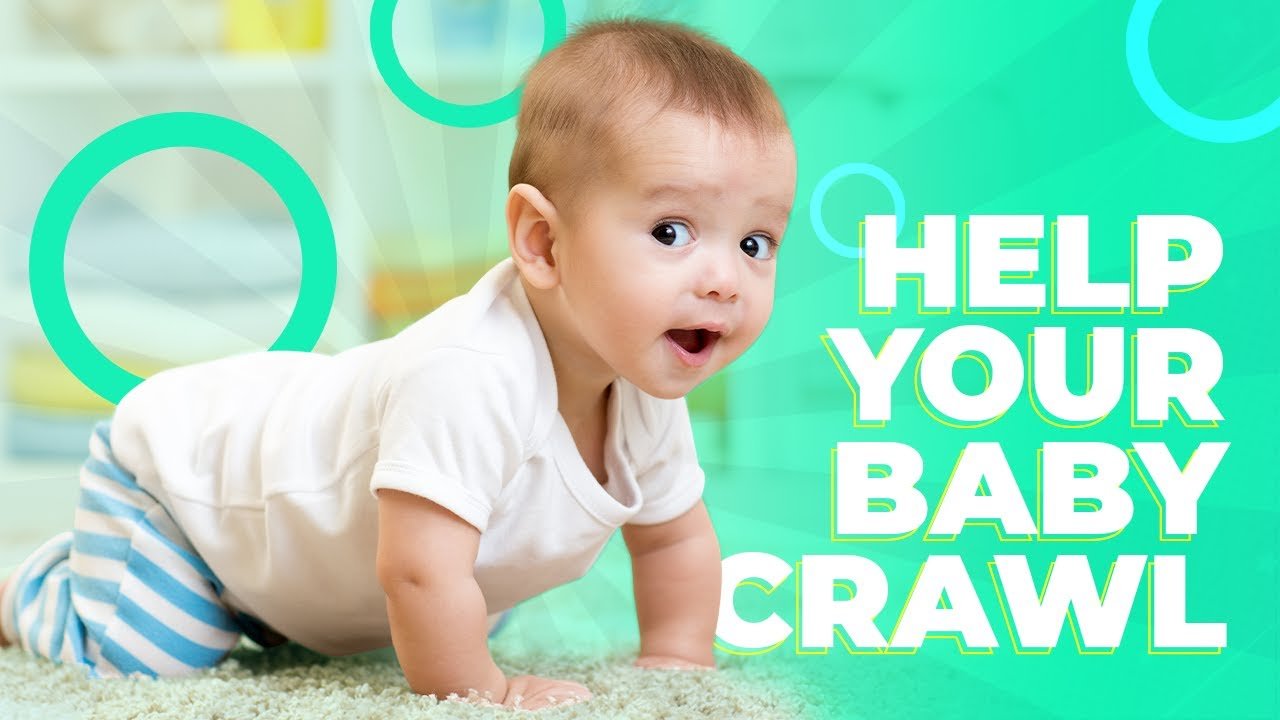You’ve just started on this exciting journey of parenthood, and now you want to help your baby learn to crawl. It’s an important milestone that can lead to further physical development. Babies typically start crawling between 6 to 9 months of age, and providing them with the right activities and support can make a big difference in their progress.
Key tips to help teach your baby to crawl include tummy time, encouraging reaching, teaching how to get into a sitting position, helping into a crawling position, supporting their feet, considering the flooring they crawl on, and reducing the use of baby walkers and bouncers. These tips, coupled with patience and encouragement, can help your little one develop the strength and coordination needed to start crawling confidently.

Age When Babies Start Crawling
Babies typically start crawling between 6 to 9 months of age. This is an exciting milestone in your baby’s development as they begin to explore their surroundings and build crucial physical skills. By understanding the typical timeline for crawling, you can better prepare to assist and encourage your baby as they reach this stage.
Key Tips to Help Teach Your Baby to Crawl
Teaching your baby to crawl can be an enriching experience for both you and your little one. Here are some key tips to guide you through this exciting journey:
Engage in tummy time
Tummy time is an essential activity for babies’ overall development and serves as a foundation for crawling. Encourage your baby to spend time on their tummy to strengthen their upper body and prepare them for crawling.
Encourage reaching for toys
By placing toys slightly out of reach, you can motivate your baby to reach and grab objects. This not only enhances hand-eye coordination but also strengthens their arms and shoulders for crawling.
Teach how to get into sitting position
Helping your baby transition from lying down to a sitting position can build core strength and stability. Practice this movement regularly to familiarize your baby with the transition and improve their mobility.
Help baby into crawling position
Support your baby as they move into a crawling position. By gently guiding them onto their hands and knees, you can assist them in finding their balance and preparing for forward movement.
Support baby’s feet
Ensure your baby’s feet have a firm grip on the surface to provide stability during crawling. Adequate foot support aids in motor coordination and helps your baby maneuver effectively.
Consider type of flooring
Choose a suitable flooring surface for your baby to crawl on. Opt for non-slippery materials to prevent accidents and support your baby’s confidence while exploring their environment.
Reduce use of baby walker and bouncers
Limit the use of baby walkers, jumpers, or sitters as they may hinder your baby’s natural crawling progression. Encouraging independent movement will promote their physical development and build essential skills.
Muscular Strength and Coordination
To successfully crawl, babies require muscular strength and coordination. By engaging in activities that target these areas, you can support your baby’s journey towards crawling proficiency.
Activities to Help Babies Learn to Crawl
Engaging in specific activities can facilitate your baby’s learning process and enhance their crawling abilities. Here are some beneficial activities to aid in your baby’s development:
Tummy time exercises
Regular tummy time sessions can strengthen your baby’s upper body muscles, preparing them for crawling movements. Encourage your baby to lift their head and support their weight while on their stomach.
Encourage reaching for toys
Place toys strategically to encourage your baby to reach and grab objects while on their tummy. This activity promotes arm strength and coordination, essential for crawling readiness.
Transitioning from sitting to the floor
Practice transitioning your baby from a sitting position to lying down to improve their mobility and core strength. This movement helps them become more adept at changing positions independently.
Getting used to the four-point position
Familiarize your baby with the four-point crawling position by gently assisting them into this posture. This stance prepares them for forward movement and strengthens their muscles for crawling proficiency.
Forward Movement Encouragement
Encouraging forward movement while your baby is crawling is vital for their overall development. By providing gentle guidance and support, you can motivate your baby to explore their surroundings and build essential motor skills.
Surface for Crawling
The surface where babies crawl should offer stability and safety. Avoid placing your baby on slippery surfaces to prevent accidents and promote secure movement. A suitable crawling surface contributes to your baby’s comfort and confidence during their exploration.
Reduce Use of Baby Walkers, Jumpers, or Sitters
Limiting the use of baby walkers, jumpers, and sitters can encourage your baby to develop their crawling skills independently. By allowing them to explore and move freely, you support their physical development and motor coordination effectively.
Consult a Doctor
It is essential to remember that the information provided is not a substitute for professional medical advice. If you have concerns about your baby’s health or development, always consult with a healthcare professional for guidance and support. Additionally, external links or resources mentioned in this article are not endorsed, and it is advisable to seek clarification from relevant authorities for further information.
As you navigate through the stages of teaching your baby to crawl, remember to enjoy the process and celebrate each milestone your little one achieves. By following these tips and engaging in supportive activities, you can help your baby build essential skills and reach their crawling goals effectively. Embrace this journey with enthusiasm and patience, knowing that you are guiding your baby towards a significant developmental achievement.

